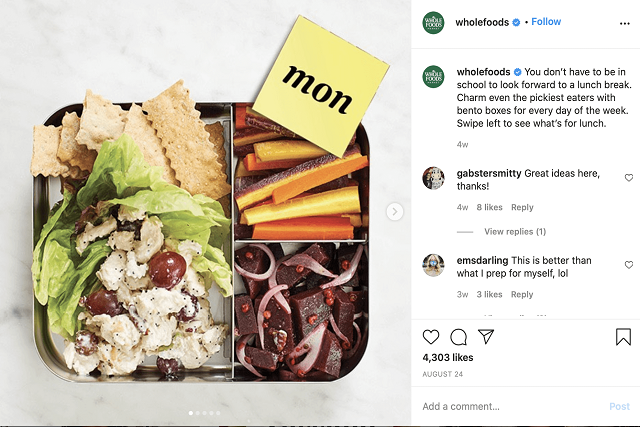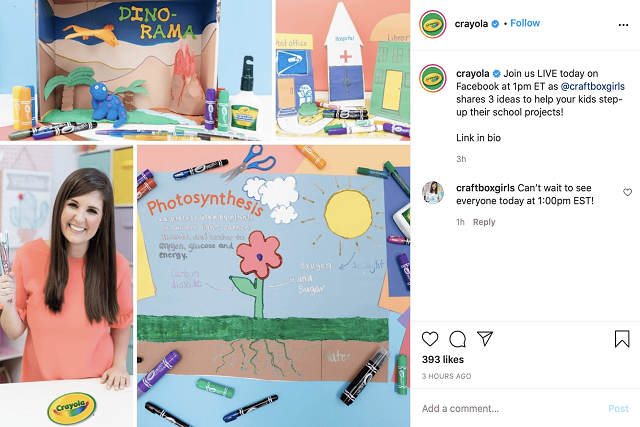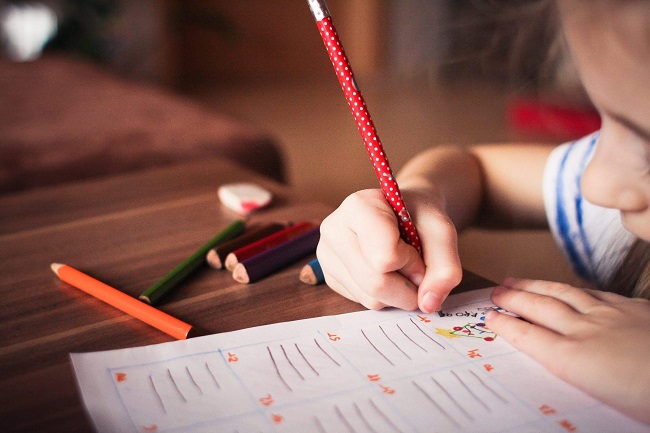2020 has altered many situations in people’s lives and as we enter Fall, the back-to-school mentality for parents and children is in full swing. Some schools have decided to only partially open, allowing children back for only half days or only a couple full days throughout the week; whereas in some cases, schools have totally shut down with only remote virtual learning in place. This has made it a challenge for the education sector to keep up with the overload of incoming sales.
In response to this, the education industry will need to consider innovative back-to-school marketing ideas if they want to survive this new wave of change.
What Does This Mean for Back-to-School Marketing?
Without the need for parents to buy their children a whole new fall wardrobe or accessories like the new lunch boxes, the materialistic items and school supplies students would usually purchase at the beginning of the school year have seen a sharp decline in sales.
As for new learning technology, at-home exercising programs, arts, crafts, and school essentials, these products still have high predictions of generating high sales this year; businesses will just need to change their marketing strategy to help facilitate it. Learning and understanding the key consumer trends post-COVID will help these industries in the long run, not just in the immediate pandemic driven situation everyone is currently in.
Back-to-School Marketing Ideas
The education industry may be finding it challenging to come up with new back-to-school marketing campaigns as the school year itself brought in a good amount of sales with parents buying their children necessities. However, this year is an entirely different ordeal with companies now looking for new ways to approach back-to-school marketing, with many implementing some of the approaches below and applying them to their own wider strategies:
Interactive Ads: Creating an advertisement that a parent or their child would enjoy engaging with can be a great method to attract consumers to your website. For example, Staples used Twitter to post a “What’s The Difference” photo and wrote that whichever things consumers found different, those products would be discounted on its website. Along with creating a form of fun entertainment for customers to interact with, Staples was also able to encourage sales in an interactive manner that didn’t feel like a conventional or forced form of advertising.

Real-Time Marketing: A savvy yet genuine way to reach consumers could be to utilize real-time marketing relating to any current situation. With kids going back to school and parents most likely working from home, creating advertisements that could look to make life easier could end up being very persuasive with many parents struggling to focus on work and childcare at the same time. Health-minded supermarket Whole Foods was aware of this issue posting a chain of photos to Instagram with easy-to-make lunches and the caption, “You don’t have to be in school to look forward to a lunch break. Charm even the pickiest eaters with bento boxes for every day of the week. Swipe left to see what’s for lunch.” Through this discrete ad, Whole Foods looked to offer a solution to parents’ busy days by providing a quick and healthy meal for children.
Engagement: Your brand should consider utilizing its platform as a place for consumers to gather and engage with one another, not just with your company. During these times, some children may be going into school while others are learning remotely, so by creating a welcoming platform for your audience to share their own experiences and opinions, you can create a safe and trustful reputation for your brand. Girl’s clothing brand Justice opened up their platforms to better engage with its audience in response to marketing in new normal settings.
Influencer Marketing: Influencers play a large part in legitimately encouraging consumers to buy goods, which means this is an excellent approach for your own brand to begin collaborating with digital creators. Just keep in mind who your target audience is before reaching out to any influencers. A successful example of this strategy is influencer Lynn Lilly, or on Instagram known as Craft Box Girls, collaborating with Crayola to promote and produce a Facebook Live campaign featuring Lilly using Crayola crayons to complete an art project. Crayola in this scenario has chosen a great influencer to collaborate with, as Lilly’s followers are likely to be mothers and fathers looking for kid-friendly crafting ideas. Overall, influencers can provide tangible positive outcomes when it comes to persuading their audience to check out a brand or product, as well as, help increase that brand’s reach amongst a select audience.

Conclusion
Back-to-school marketing campaigns and ideas will need to continuously evolve in response to new information coming out on the pandemic and how it’ll affect school systems around the nation. Times may be unpredictable but the education industry should attempt new ways to create unique ideas and marketing in new normal situations for the benefit of both them and their consumers.





Tell us your thoughts in the comments